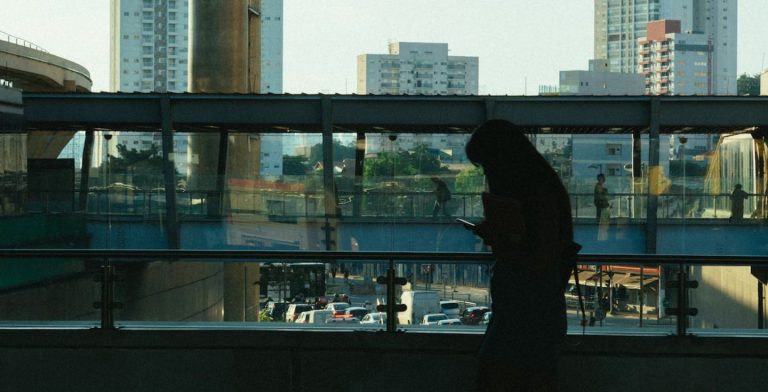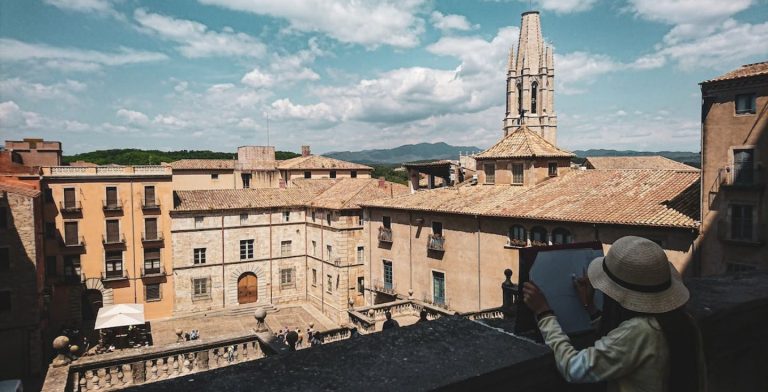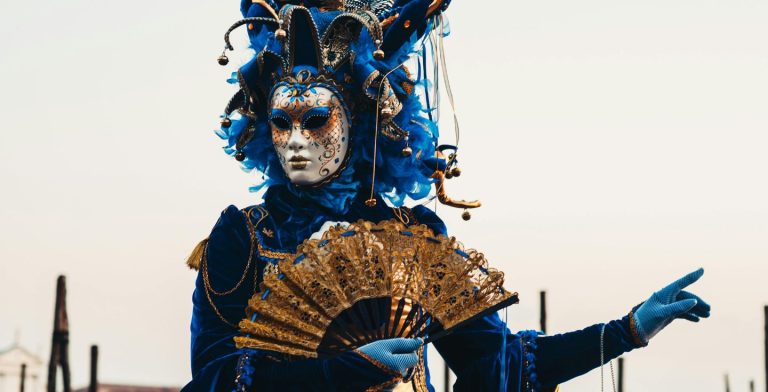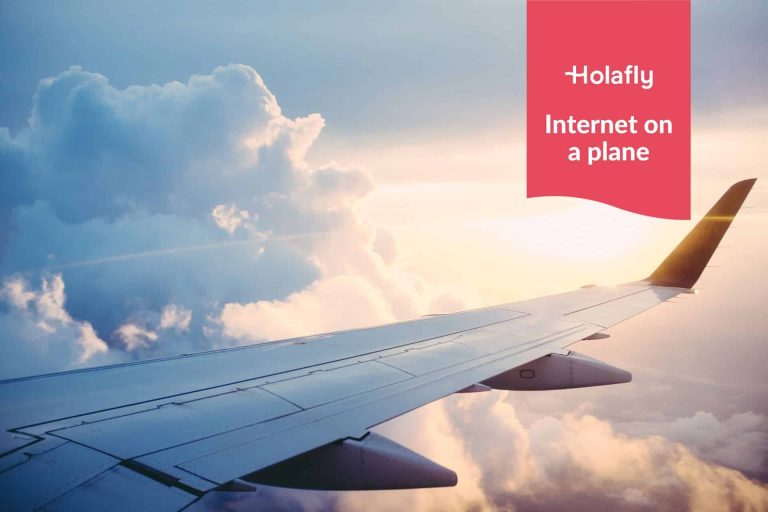What to pack for your trip to Peru?
Read all about what to pack for your trip to Peru, recommendations, how to connect to the internet, and so much more!
When thinking about your next trip, you need to know what to pack. But if your destination is a place such as Peru, knowing what pack to Peru becomes a must to make things easier.
Whether you need to prepare your immigration documents preparing your backpack with the clothes you are using, and your personal belongings, a guide to know what to take to Peru comes in handy! So, let’s talk about everything you must prepare with your ultimate packing list.
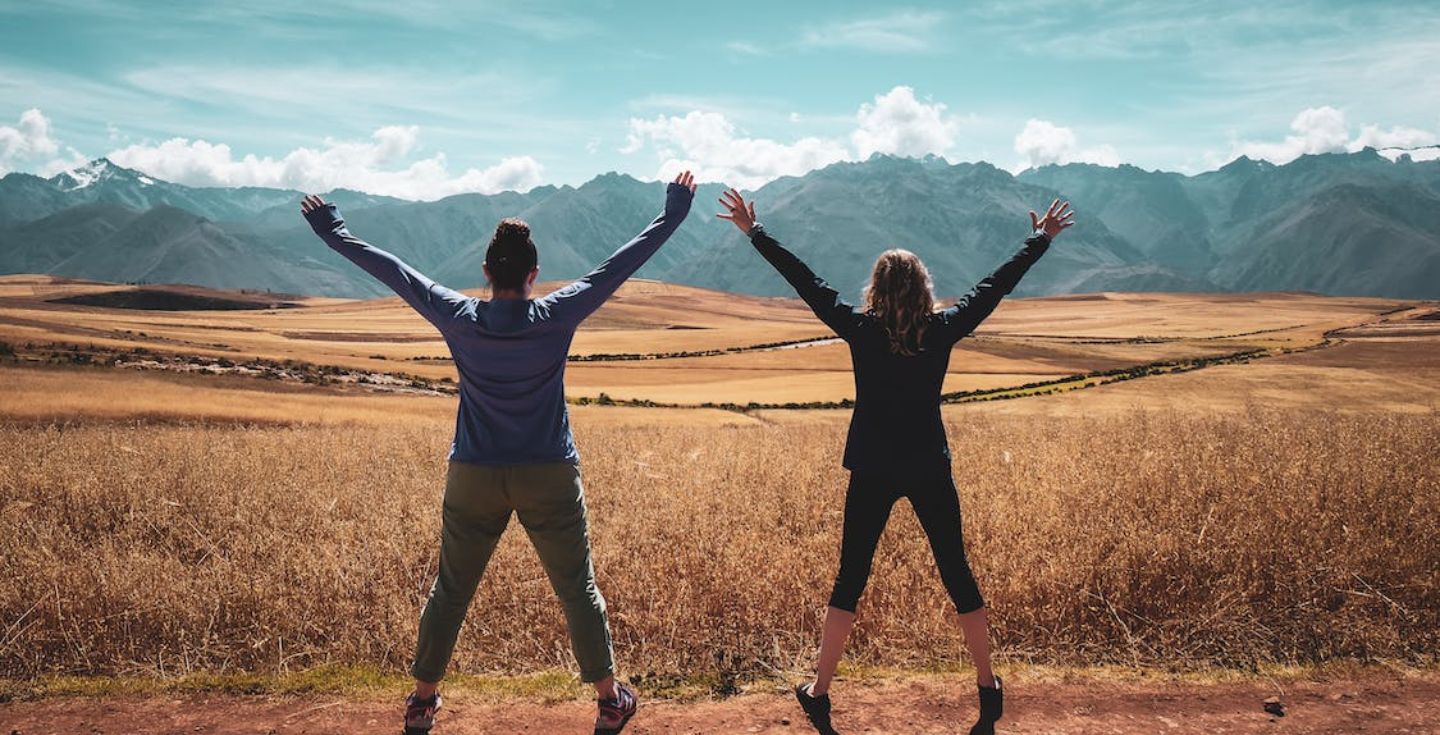
Travel suitcase to Peru: List of essential things
When preparing your suitcase for visiting Peru, there are a lot of essential things you need to include.
- Your personal documents, ideally in a place that is easy to access, such as a money belt.
- An ideal way to get internet while traveling to Peru, such as an eSIM to avoid extra weight and fewer expenses.
- Wear clothes appropriate for the season and the places you are visiting. Peru can have cold nights during winter, but warm clothes are way better than nothing when visiting places like Ica or Lambayeque!
- Don’t forget to take travel insurance with you. If possible, print information about your insurance in case you need it.
- Take clothes that are ideal for the places you are visiting. If you are visiting higher altitudes for hiking, don’t forget to bring comfortable shoes. If you plan to visit the forest, long pants and walking shoes are better!
Now that we know what to take, let’s move on to what users need to take on their Peru packing list.
Necessary documentation in your hand luggage to Peru

Visa and passport
Visa and passport
If you want to visit Peru, you need to check if there’s a visa requirement to enter the country. So, some of the documents you should have with you are:
- A passport that is valid for at least 6 months and your ID.
- Hotel reservations and flight round tickets.
- Enough money to support yourself during your stay.
- International travel insurance with coverage for day trips to Peru.
- No criminal backgrounds in Peru or internationally.
Andean Migration Card (TAM)
For those travelers who are part of the Andean Community (Colombia, Ecuador, and Bolivia), there are fewer requirements to access the country. The main one is to have the Andean Migration Card.
The Andean Migration Card or TAM can be requested through their online platform to keep things organized at international airports. Still, it’s important to have a valid passport and ID when traveling.
Plane tickets and other reservations in Peru
When traveling to Peru, especially if you plan to visit places like Machu Picchu or Rainbow Mountain, it’s better to prepare your accommodation with enough time. If you purchase a few months in advance, you can avoid overpriced hotels and flights.
With this in mind, you should take enough time to analyze when it’s the best season to visit the country. Even though Peru is an extremely touristy country, you can find some great deals on international round flights and cheaper accommodations.
So, among the first things to check on your Peru packing list, include these two things!
Ideal dates to travel to Peru
Depending on where you travel in Peru, not all the seasons will be the best for specific destinations. So, let’s check this out.
Travel to the Peruvian coast between December and March
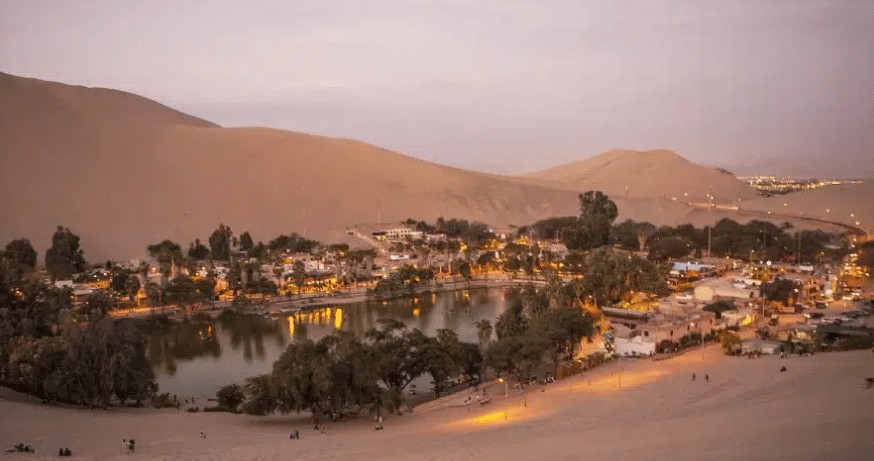
Between December and March, you have the best time to visit the Peruvian coast. These are the ideal dates for heavy rains and windy days, which is a great opportunity to enjoy some beautiful coasts and beaches around the country.
Some of the must-visit areas are the following:
- The Paracas National Reserve
- The Huacachina
- The Nazca Lines
- Ballestas Islands
- Chan Chan Ruins
- lunahuaná
- Thermal baths of Churín (Sierra de Lima)
- The Little Horses of Totora
- The Royal Tombs of the Lord of Sipan Museum
- The beaches of Máncora and Punta Sal, among others
Get to know the Peruvian Sierra between April and October
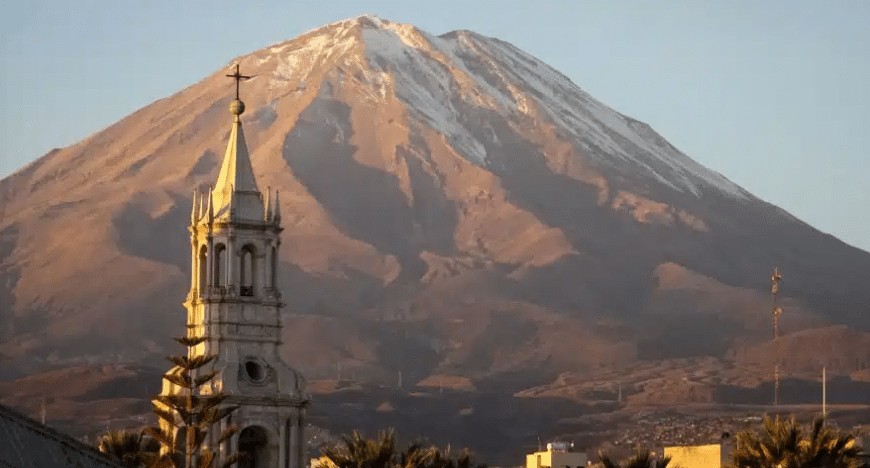
Do you prefer visiting the Peruvian Sierra over other locations? The months between April and October are usually the best since this is the dry season for most of these areas in the country.
Now, it’s important that if you decide to visit these destinations during rainy months in Peru, chances are your trips won’t be as good as expected. The so-called “huaicos” can take place, causing your trip to be unpleasant.
Some of the most important destinations in the Peruvian Sierra are remote areas, such as the following:
- Macchu Picchu
- Colca Canyon
- The White City of Arequipa
- The Misti volcano
- The Llanganuco Lagoon
- Lake Titicaca
- Yuracyacu Falls
- Chavin
- The Wari Archaeological Complex
- The Callejon de Huaylas
- Cajamarca
- Tarma
- The city of 33 churches
Discover the Peruvian Jungle between May and October
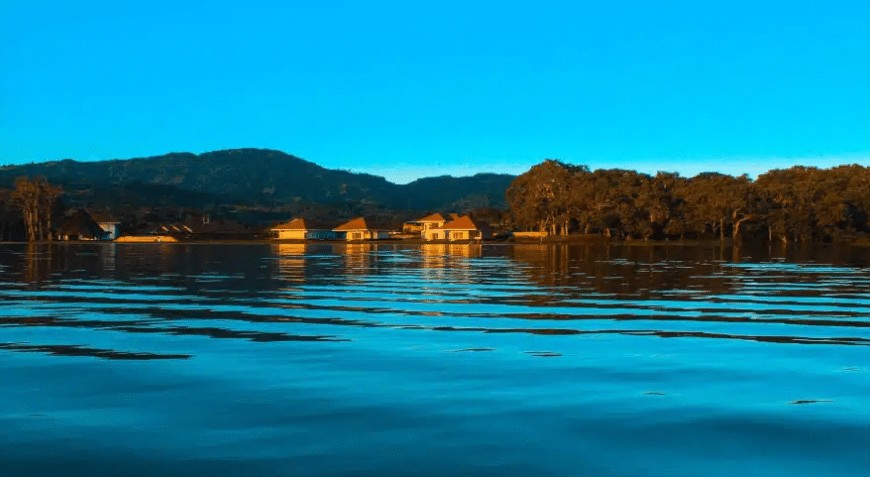
Peru has a huge part of the Amazon rainforest inside their country. Within the jungle, there’s a lot to visit, and the most popular time to visit this area is between May and October.
This is due to fewer torrential rains common during the rainy season, making it safer for travelers to enjoy their trip as they will find the best weather in the region.
The most emblematic tourist places of the Peruvian jungle are:
- Blue lagoon – Tarapoto
- Amazon River
- Rupa Rupa
- Historic center of Chachapoyas
- Iquitos
- Tambopata
- Manú National Park
- Gocta waterfall or ‘La Chorrera’
- Ahuashiyacu Waterfalls
- Lost city of Kuelap
- Quistococha
- Pacamaya Samiria National Reserve
What is the best time of the year to visit Peru?
As we said before, the weather inside the country changes a lot depending on where you are traveling. While taking a rain jacket might be enough to visit Lima during June, this might not be the best idea to repeat while on the coast.
So, the question, “What is the best time of the year to travel to Peru?” comes to mind. According to what’s more accessible in the country, the ideal months to visit are between September and May.
Of course, this is not something we can mention about all the regions in the country. Since Peru has all the seasons, it’s important for you to check out the weather and overall conditions before traveling to prepare your packing list.
Internet connection in Peru with a prepaid eSIM
If you plan to visit Peru with lightweight luggage or if you have plans to visit a remote mountain, it’s better to avoid having some extra weight with you. And that’s where the Holafly eSIM Peru comes in as a solution.
Here are some of the main advantages for travelers using this service to stay connected:
- Delivery is immediate by email, and installation is done with a QR
- You get unlimited data with any plan and data-sharing
- Continental plans such as the best eSIM South America are available.
- Days of use: customizable plan duration
- You do not depend on roaming with your operator
- You can top up the same eSIM with Top-Up
- Holafly’s mobile app to manage your eSIM
- 24/7 customer service and support in different languages
So, if you plan to visit Machu Picchu, Lake Titicaca, or the Sacred Valley, the Holafly travel eSIM is the best alternative for travelers. It will help you use apps like Google Maps Spotify, or even a language app in case you are not a Spanish speaker.
While you won’t have a phone number, the eSIM is the perfect alternative to avoid international roaming in Peru rates, and get a more complete data package than with a SIM card for Peru.
What to take in your hand luggage to Peru?

When preparing your hand luggage, aside from the important documents that are a must-take, here are some additional things you should take:
- Driver’s license, if you plan to rent a vehicle.
- Credit cards or cash for your expenses.
- Headphones to relax while listening to your favorite music.
- Power bank to have as a backup, in addition to chargers.
- Power adapters in Peru are types A, B, and C.
- You can put the camera in your cabin suitcase.
Cash and credit cards

Like traveling to any other country, you must take cash in the local currency for purchases. It’s common to see in Peru that many small stores don’t accept cards as a payment method, so keep this in mind.
As for what type of currencies they use, you can either spend Dollars or Nuevos Soles (S/). Both are commonly accepted in tourist destinations, which is great.
Currently, the denominations found in the country are cash and coins, varying from S/.0,10 to S/.200
In case you are traveling with a Visa, Mastercard, or American Express credit or debit card, there are different ATMs where you can get Nuevos Soles to spend on your trip. But keep in mind these transactions have additional charges!
Overall, our recommendation would be to use your cards in places where you can pay directly with them and take some cash you can exchange.
Exchange currency when you arrive in Peru
Upon arriving in the country, you can exchange your money for Peruvian Soles at various places. This is the most advisable method on this ultimate Peru packing list compared to using your card to get money.
Based on our experience, while changing American Dollars or Euros can be a little cheaper compared to using your card to pay for what you need, there are little to no fees to pay!
So, as soon as you arrive at the airport or walk through the Historic Centre of Lima, Cusco, Arequipa, or any other city, you will find different exchange houses.
International card without commissions
Similar to other airports in South America, you can withdraw money at different ATMs as soon as you arrive at any of the country’s international airports.
While it’s common for these to charge an additional fee to exchange your local currency for Peruvian Soles, it’s the best way to get some local currency for any expense you have.
Some of the best international cards to use:
- BNext International Card.
- International Card N26.
- Revolut International Card.
These allow you to cover your needs, such as personal medications, wet wipes, toilet paper, food, and other essential expenses, while still giving access to withdrawals in the country.
How to enjoy a safe trip to Peru?
Health & travel insurance
Whether you plan to visit Lima, which is the capital of the country, and enjoy your vacations while walking around the city and the coast, or if you plan to visit places with higher altitudes, health insurance should be with you at all times.
You might not be required to use this insurance when traveling, but it’s better to have it and not need it than to need it and not have it on your ultimate Peru packing list.
Travel insurance is better than no insurance in case of missed flights or lost or delayed luggage. This is especially important if there’s evacuation coverage, as it can even help you get back to your country.

Vaccines
If you plan to visit the Peruvian Jungle, you will need more than a light jacket and walking shoes. You must also get vaccinated against yellow fever 10 days before the trip.
First-aid kit what to take in your suitcase to Peru
Preparing a first-aid kit is the perfect way to avoid messing up your trip due to getting sick for some reason.
This is especially important to prepare for if you are going to the mountains, where the altitude can be challenging. A water bottle is a must, but it’s also a must to have some pain relievers and listen carefully to recommendations from locals.
These are ideal to pay attention to when visiting places like Machu Picchu or the 7 Colors Mountain, which is located in Cuzco. Also, you could try having some coca leaves since these are great when in high altitudes.
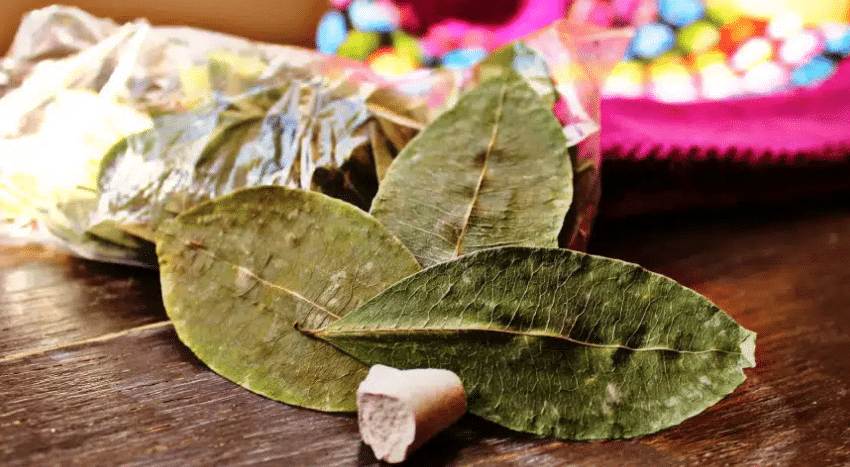
On the other side, if you have altitude restrictions and you plan to stay in the jungle or coast, there are some additional recommendations:
- Take cocoa butter with you, especially if you visit the country in winter, as it is very dry and cold.
- A bug repellent prevents mosquito bites and diseases in the rainy jungle.
- Taking sunscreen is a must since the radiation in the country is higher than expected, especially for those going for a hike.
- Include hand sanitizer and band aids. You never know when you will need one!
What clothes to take in the suitcase to Peru?
Choose your wardrobe by destination and season of the year
Depending on where you are traveling, we recommend you either take not so many clothes or get enough clothes to avoid surprises, as this is important for those visiting the Sierra and high altitude places.
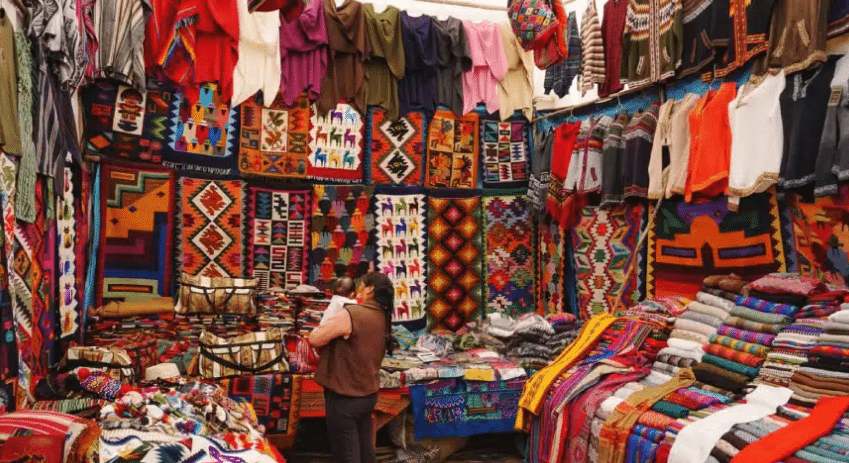
Overall, some of the things you need to pack are the following:
- Shoes: Whether you take hiking boots or walking shoes, these are a must-include on your packing list.
- Jackets: While winter can be quite cold, there’s no need to worry about taking huge coats and sweaters if you are not visiting high-altitude mountains. With a lightweight jacket, you will have enough to visit most cities in the country without worries!
- Clothes according to the season: When visiting the country during the rainy season, it’s better to have a waterproof jacket, sweaters, and clothes that are easy to dry. On the other hand, wearing gloves and a good sweater will do for winter. As for summer, prepare your flip flops, warm pajamas, and many t-shirts.
- Take hats and glasses: While this might be no-brainer advice if you are visiting some beaches, it’s better to take some hats and glasses to protect from the sun while you combine it with your sunscreen!
One last tip is that you don’t need to pack too many things. So forget about a four season sleeping bag and better get ready for the Peruvian adventure where you will surely buy some nice clothing!
Ideal complements to not forget when traveling
Travel guides and contracted excursions
Don’t have a clear idea of where to go in the country? No worries. Whether you decide to explore Cusco, visit the Sacred Valley, visit a touring museum in Lima, or hike the Inca Trail, having a guide will make your adventure a lot easier!
With a local guide, it will be easier for you to communicate and get to know more about the local areas and mythology of the country while also getting lots of ideas about what to do in the country!
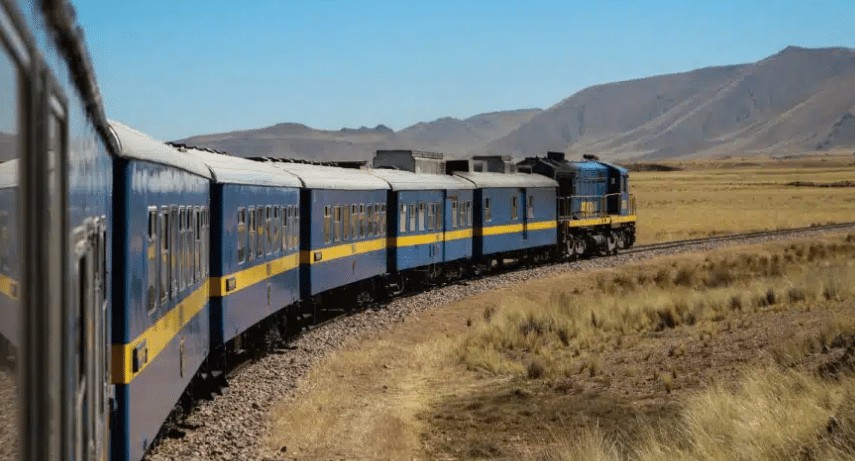
Books
If you are a reader and you pack light things, taking a book will help you spend time on your trip without getting bored. While traveling to certain places, you must take buses or trains, such as the one in Cuzco, so why not take some books to read?
Whether you decide to take digital or physical books, choose something you like. Or maybe you prefer to read about Peruvian history, such as how Machu Picchu was founded, their religion, how things worked in the country in the past, and much more!
Packing cubes, backpack, and folding bag

With packing cubes, your suitcase becomes more organized, packing things separately isn’t so hard, and it’s one of the most useful packing tips. With these cubes, separating your personal belongings from your first-aid kit, hiking boots, or any type of shoe becomes easy.
Notebook and pen
While it might sound pointless to take a notebook and a pen, they’re extremely useful. These lightweight things are great for walking, and they allow you to write down contact numbers, addresses, account numbers, and whatever else comes to mind.
What can you take in your travel suitcase to Peru according to Customs?
One important thing when traveling internationally is that you will go through Customs before the flight takes off. Here are some things you can carry on your suitcase:
- Clothing includes shoes, jackets, t-shirts, sweaters, and whatever clothes you consider useful.
- Personal documents such as passports, national IDs, or any other document you consider a must-take.
- Electronic devices such as cameras, laptops, Kindles, and similar electronic devices.
- Any mobile gear type, such as charges, adapters, and headphones.
- No more than $10,000 USD or around €8,700 EUR.
If you want to avoid the Baggage Declaration when leaving or arriving at the airport, these are some things you should not take:
- Local flora and fauna.
- Medical and dental equipment.
- More than $30,000 USD or around €26,000 EUR.
- Alcoholic beverages. Local alcohol is named “Pisco,” so keep this in mind.
- Belongings from someone who’s not traveling with you.
Turn your suitcase into luggage with a green seal
If you want to avoid issues when arriving in the country, here are some things you can take with you to turn it into a “green seal” to make it an eco-friendly travel:
- Take a personal water bottle; if possible, take your own from home!
- Cloth bags, you can take a few pairs to match the outfits while traveling.
- While you can take wet wipes, it’s better to take cloth towels to avoid additional trash.
- If possible, take what you can in an electronic format.
- An eSIM Peru is ideal to avoid plastic waste.
Now that you have everything set up for your trip, it’s time to get ready to meet one of the most colorful and full-of-culture countries in the world!
Frequent questions about what to pack for your trip to Peru
If you plan to take short walks, comfortable tennis shoes are an excellent option. On the other hand, if you go trekking (long walks), you will need hiking boots and, if possible, trekking poles.
You can find the list of goods and items that you can take in your suitcase to Peru without declaration on the website of the National Superintendence of Customs (SUNAT) of Peru.
Due to its geography, Peru has a variety of weather. So, if you visit the Coast, you should wear comfortable and light clothing; in the Jungle and the Sierra, thermal clothing made of resistant materials, raincoats, boots, hats, gloves, and sun protection.
For small purchases, Peruvian soles are mainly used, but US dollars can also be used where credit cards such as Visa, Mastercard, and American Express are not accepted.


















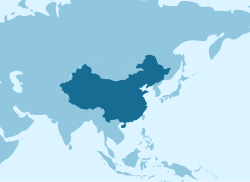

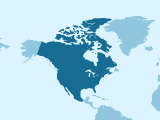

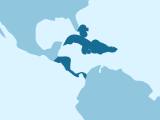
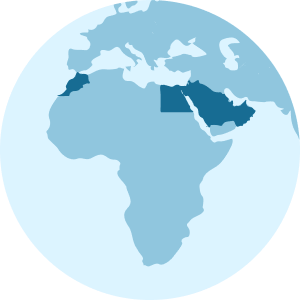
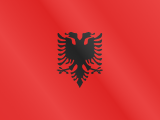


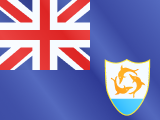

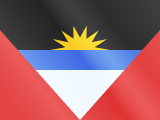

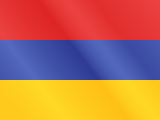






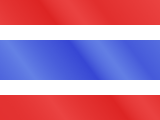







 Pay
Pay  Language
Language  Currency
Currency 


















 No results found
No results found






